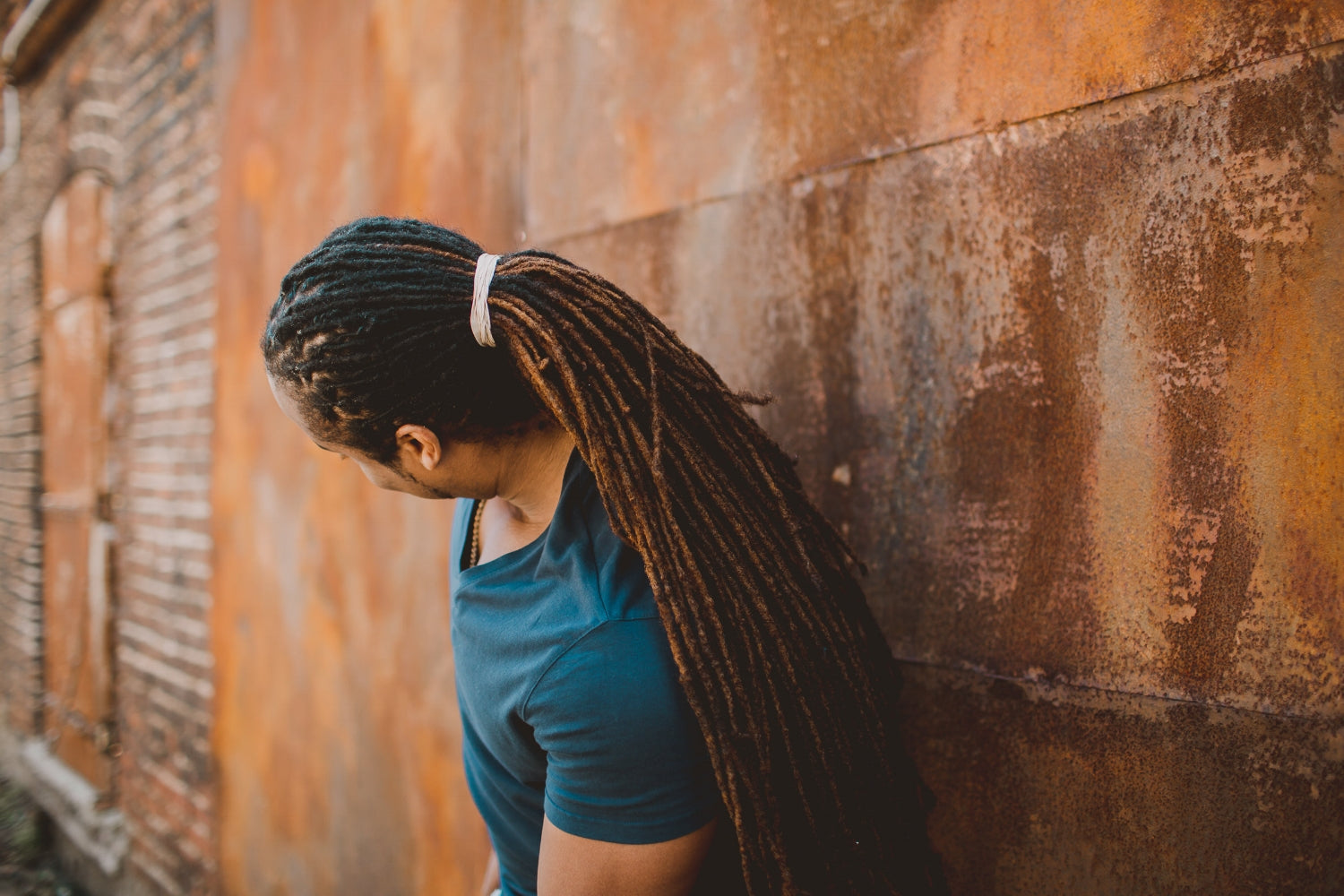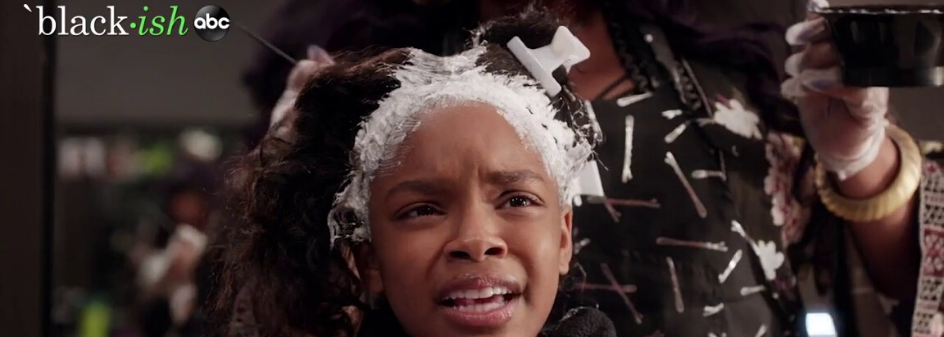Locs can be found in almost every culture in history, from Germanic tribes to the Dervishes of Islam. Most historians follow the belief that locs originated in Egypt. Egypt holds the first archeological evidence for locs, where mummies have been uncovered and discovered with their locs still intact, now that's a pretty wonderful image.
Another school of thought is that Locs originated in India as early as 2,500 BCE. Locs have been recorded in ancient indian scripture. This scripture is known as Vedic scripture which depicts the deity Shiva wearing ‘jaTaa,’ which translates to, ‘twisted lock of hair.’
Locs have stood for a symbol of spirituality. The belief in many ancient cultures and religions was that the spirit leaves the body through the head. Through knotting, twisting, and tying the hair, many believed that they could preserve more energy in the body which would lead to greater amounts of physical and spiritual strength. Rastafarianism is most notably recognized for pursuing this belief.
Rastafarianism comes from the Ethiopian emperor, Ras Tafari. Natural locs came about as a sign of respect for their god. When Ras Tafari was forced into exile many of his followers vowed not to cut their hair until the emperor returned.
Rastas in Jamaica were known to wear locs, not as a style, but rather as a way of life. Locs symbolized a community among the rastas. They were worn to offer a message of difference and unity. In the book Twisted: My Dreadlocks Chronicles, Dr. Bert Ashe claims, “At first, the hair choices of the Rasta brethren were seen as frightening to children, destabilizing to society, and possibly even sacrilegious.” Today, the explanation for many individuals wearing Locs hasn't moved so far away from its original essence. While locs may be found more in some culture than in others, it is still nonetheless, a rich multicultural symbol for identity with both a communal and personal meaning.




